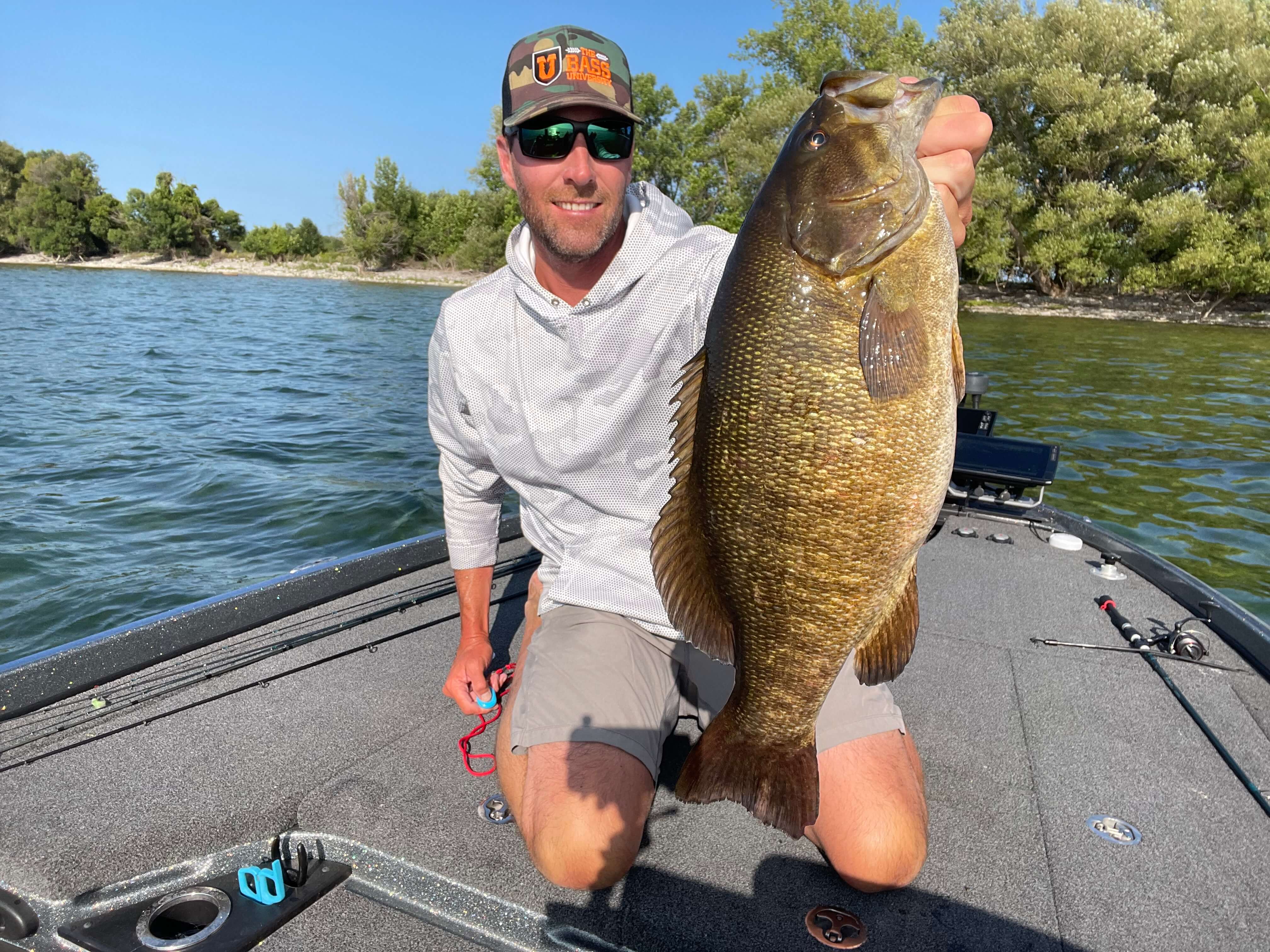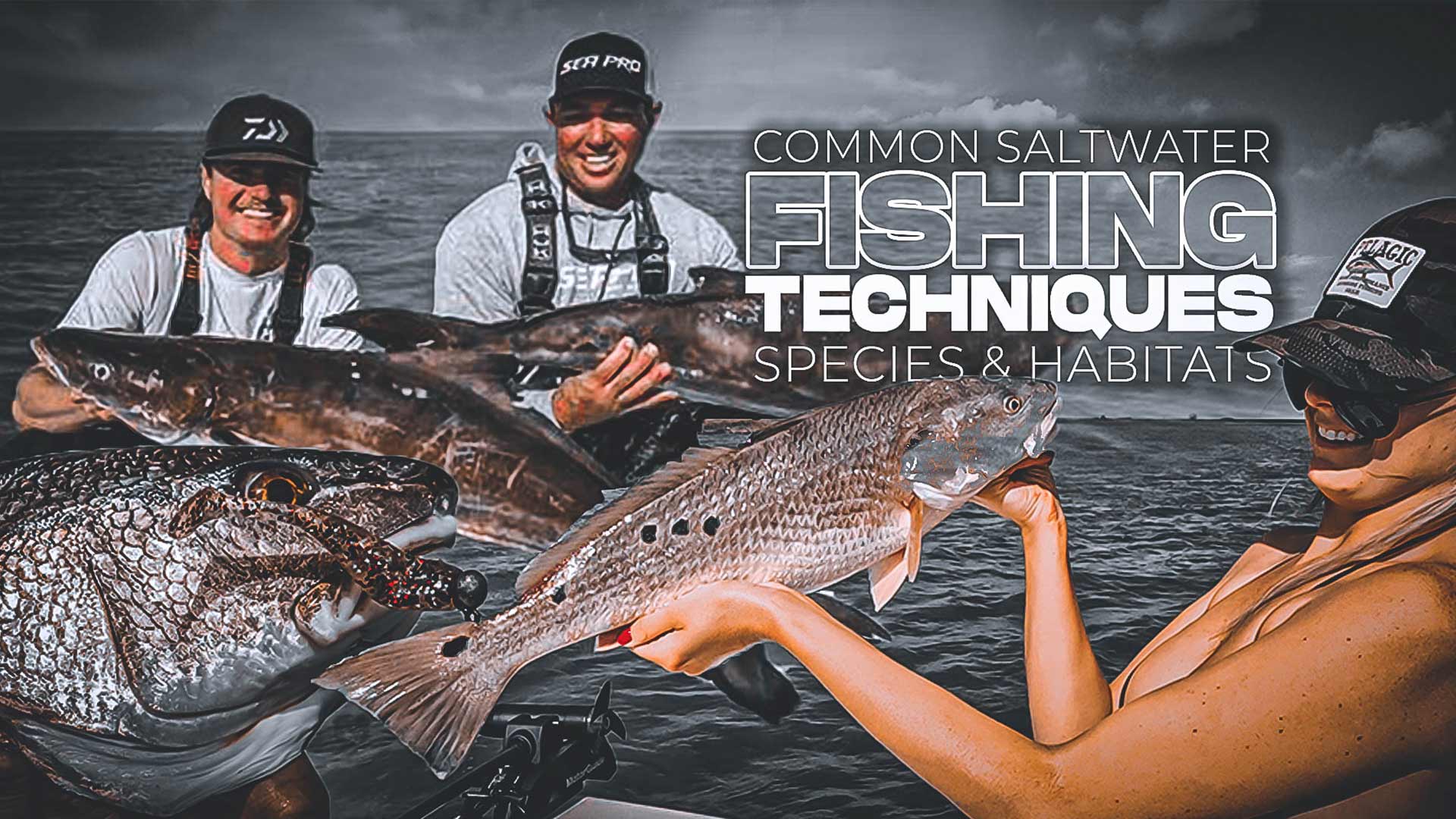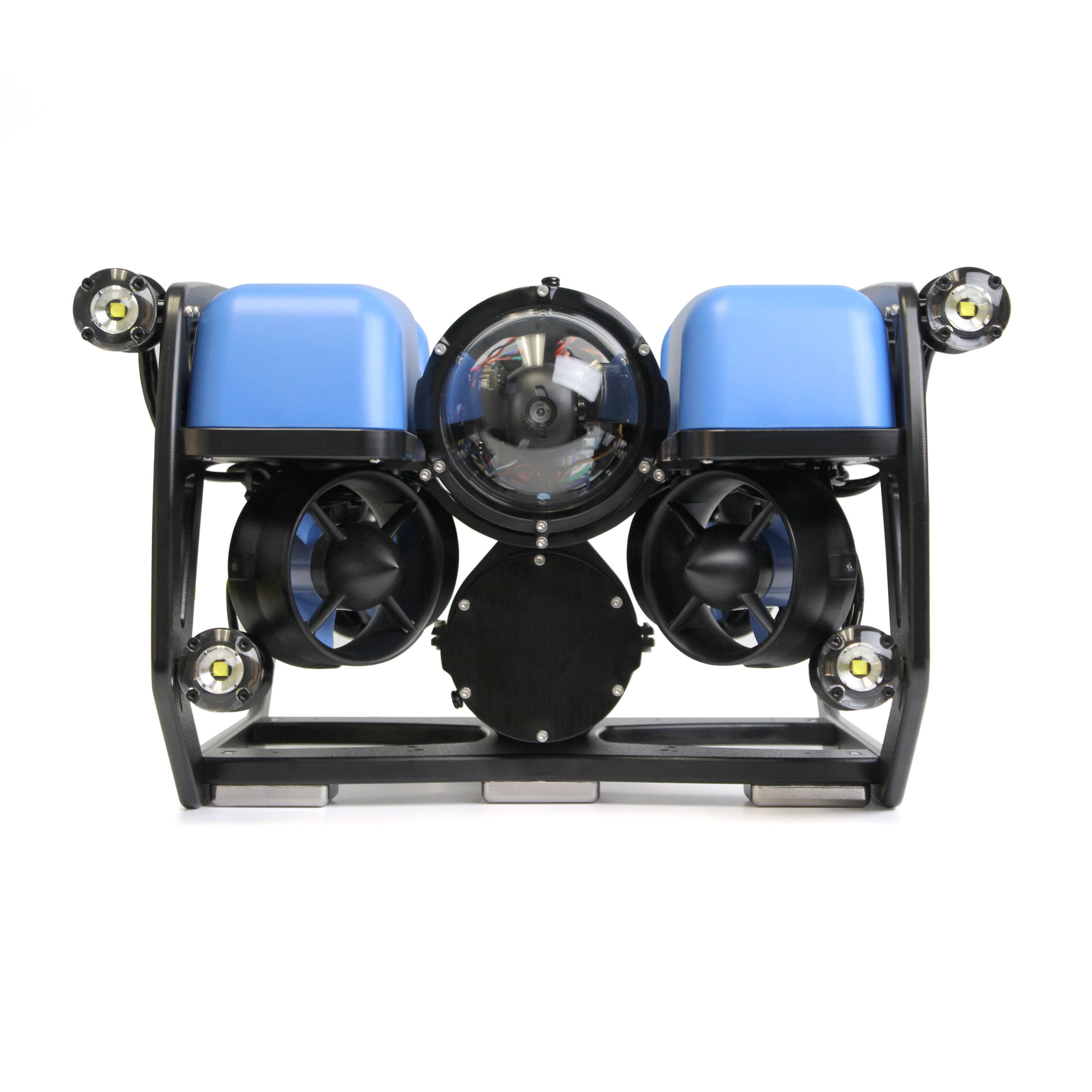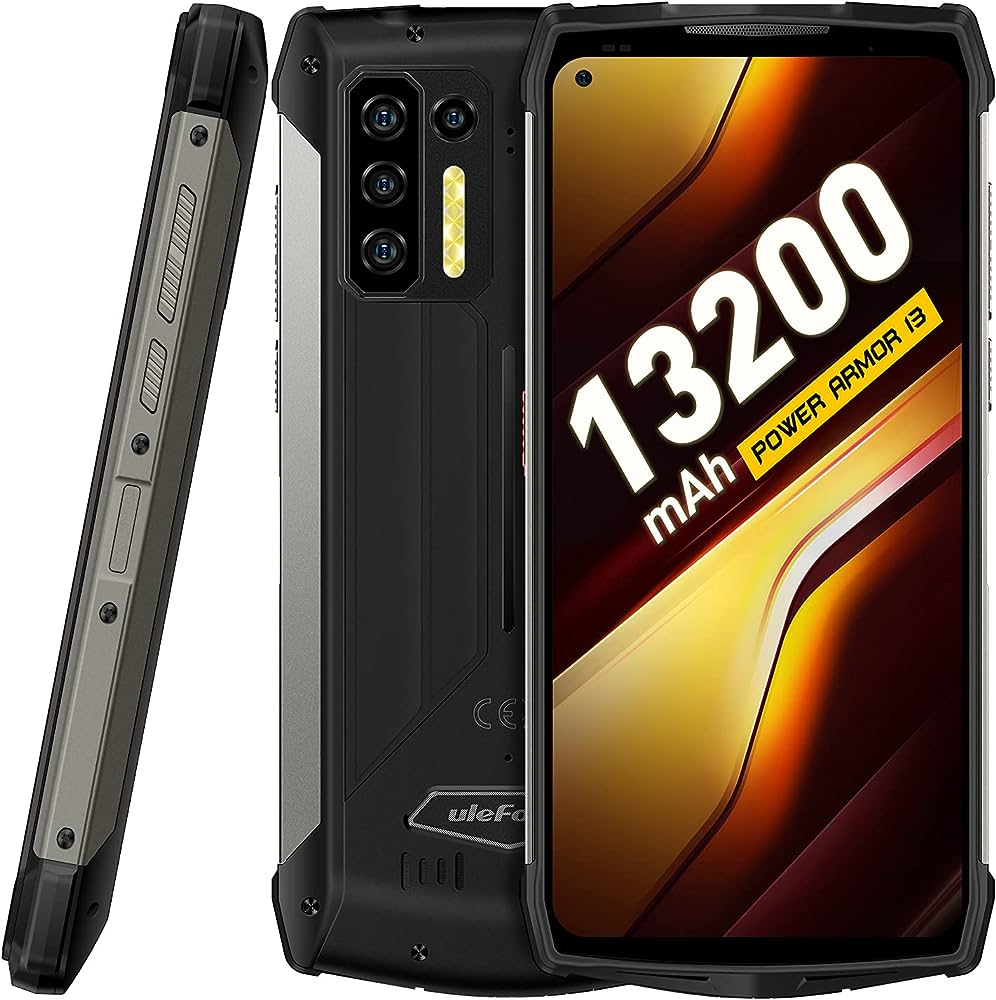Last updated on February 13th, 2024 at 11:28 am
Last updated on February 13th, 2024
To read a fish finder in saltwater, understand that the numbers on the top left display the depth and water temperature, while rocky areas appear as thick bottoms and soft seabeds as thin lines. Fish finders work in saltwater by using a high-pixel screen to show a graphic representation of underwater conditions.
Understanding Fish Finder Sonar Technologies
Understanding Fish Finder Sonar Technologies Fish finders are essential tools for saltwater fishing enthusiasts, providing valuable information about the underwater world. Sonar technology is the backbone of these devices, allowing users to locate fish and understand their behavior. Intro to Fish Finder Sonar: Sonar, which stands for Sound Navigation And Ranging, uses sound waves to create a visual representation of what lies beneath the water’s surface.
It emits sound pulses that bounce off objects, such as fish or underwater structures, and then detects the returning echoes. By analyzing these echoes, it generates a display of the underwater environment. Different types of Sonar Technologies: Fish finders incorporate various sonar technologies, including Down Imaging, Side Imaging, and 2D Sonar.
Each technology offers unique features and advantages, allowing users to tailor their fishing experience. How to interpret Sonar Data: Interpreting sonar data requires a basic understanding of the displayed imagery. Fish appear as arches or marks, and their size and behavior can indicate their species and activity level.
Additionally, anglers can identify structures, such as rocks or submerged vegetation, which may attract fish. By familiarizing yourself with fish finder sonar technologies and interpreting sonar data accurately, you can enhance your saltwater fishing experience and increase your chances of success.
Interpreting Fish Finder Screen
Fish finder screens can be intimidating for beginners, but with some practice, you can easily interpret the information they provide. When reading and analyzing sonar images, you’ll focus on two key aspects: identifying fish and bait schools and understanding underwater structures and vegetation.
Look for patterns and shapes on the screen that indicate the presence of fish or schools of bait. Pay attention to the depth and size of the marks, as well as their movement. Additionally, use the sonar to identify underwater structures like rocks, reefs, or vegetation, as these are often hotspots for fish.
By familiarizing yourself with the different readings and learning to interpret the images, you’ll be able to make more informed decisions while out on the water.
Advanced Techniques For Locating Fish
When it comes to reading a fish finder in saltwater, there are advanced techniques you can utilize. Side imaging and down imaging can be incredibly helpful in locating fish. By interpreting sonar arches and fish markings, you can identify where the fish are located.
Another technique is to use waypoints to mark and track fish locations. This allows you to easily navigate back to successful fishing spots. Avoiding commonly overused words and phrases, like “when it comes to” or “in conclusion,” is important for effective writing.
By following these tips, you can read a fish finder in saltwater like a pro.

Credit: www.cortlandline.com
Frequently Asked Questions Of How To Read A Fish Finder Saltwater
How Do You Read A Fish Finder Screen?
To read a fish finder screen: 1. Look for fish arches or marks on the screen. 2. Pay attention to the depth and temperature readings. 3. Identify any structure or bottom composition displayed. 4. Use waypoints to mark fishing spots.
What Do The Numbers On A Fish Finder Mean?
The numbers on a fish finder indicate the depth of the current reading and the water temperature.
What Does A Rocky Bottom Look Like On A Fish Finder?
A rocky bottom on a fish finder appears as a thick bottom with strong echoes, while a soft seabed is displayed as a thin line.
Do Fish Finders Work In Saltwater?
Yes, fish finders do work in saltwater. They utilize high-pixel color or grey-scale screens to display images of the bottom, structure, fish, bait, and thermocline.
Conclusion
Understanding how to read a fish finder in saltwater is key to maximizing your fishing success. By interpreting the sonar readings and recognizing the different features displayed on your fish finder screen, you can locate fish, identify structure, and make informed decisions about where to cast your line.
When reading a fish finder in saltwater, pay attention to the depth and water temperature readings, as well as the presence of fish arches and bottom contours. A rocky bottom will appear as a thick line, while a soft seabed will be displayed as a thin line.
Additionally, look for baitfish schools and fish markings to pinpoint the fish’s location. With practice and experience, you will become more proficient in reading your fish finder and interpreting accurately. Remember to adjust your settings to the specific conditions you are fishing in for optimal results.
By mastering the art of reading a fish finder in saltwater, you can significantly enhance your fishing experience and bring home more catches. So get out on the water, put your newfound knowledge to the test, and enjoy your time angling in the vast saltwater environments.





